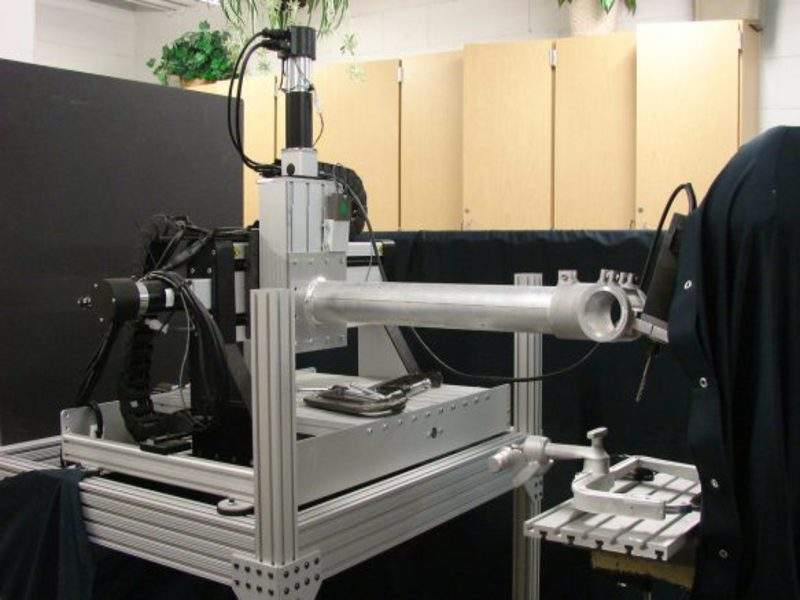

Researchers at the University of Utah, US, have developed an automated robotic drill with the potential to reduce complex cranial surgery time from two hours to two and a half minutes.
The computer-driven drill is able to make fast, clean and safe cuts, minimising the risk of infection, human error and surgical cost.

Discover B2B Marketing That Performs
Combine business intelligence and editorial excellence to reach engaged professionals across 36 leading media platforms.
The device is claimed to make surgery 50 times faster than standard procedures, which require the use of hand drills to make complicated openings.
University of Utah health neurosurgeon William Couldwell developed the drill in collaboration with mechanical engineering associate professor AK Balaji and other colleagues from both the departments.
The team also developed a software to set a safe cutting path, which is programmed based on the information obtained from a CT scan of the patient.
Factors such as bone data, the precise location of sensitive nerves, major veins and arteries are taken into consideration.

US Tariffs are shifting - will you react or anticipate?
Don’t let policy changes catch you off guard. Stay proactive with real-time data and expert analysis.
By GlobalDataCouldwell successfully demonstrated the use of the drill during a translabyrinthine surgery, which is carried out to expose slow-growing, benign tumours formed in the auditory nerves of the ear.
This type of surgery is a high-risk procedure as the cutting path includes several sensitive areas such as facial nerves and the venous sinus vein.
The surgical device features an emergency shut-off switch, which automatically turns off the drill if it gets close to the facial nerve and if it observes irritation during monitoring.
The drill is expected to have applications in several other surgical procedures.
Image: Computer-driven automated drill for surgery. Photo: courtesy of the University of Utah.





